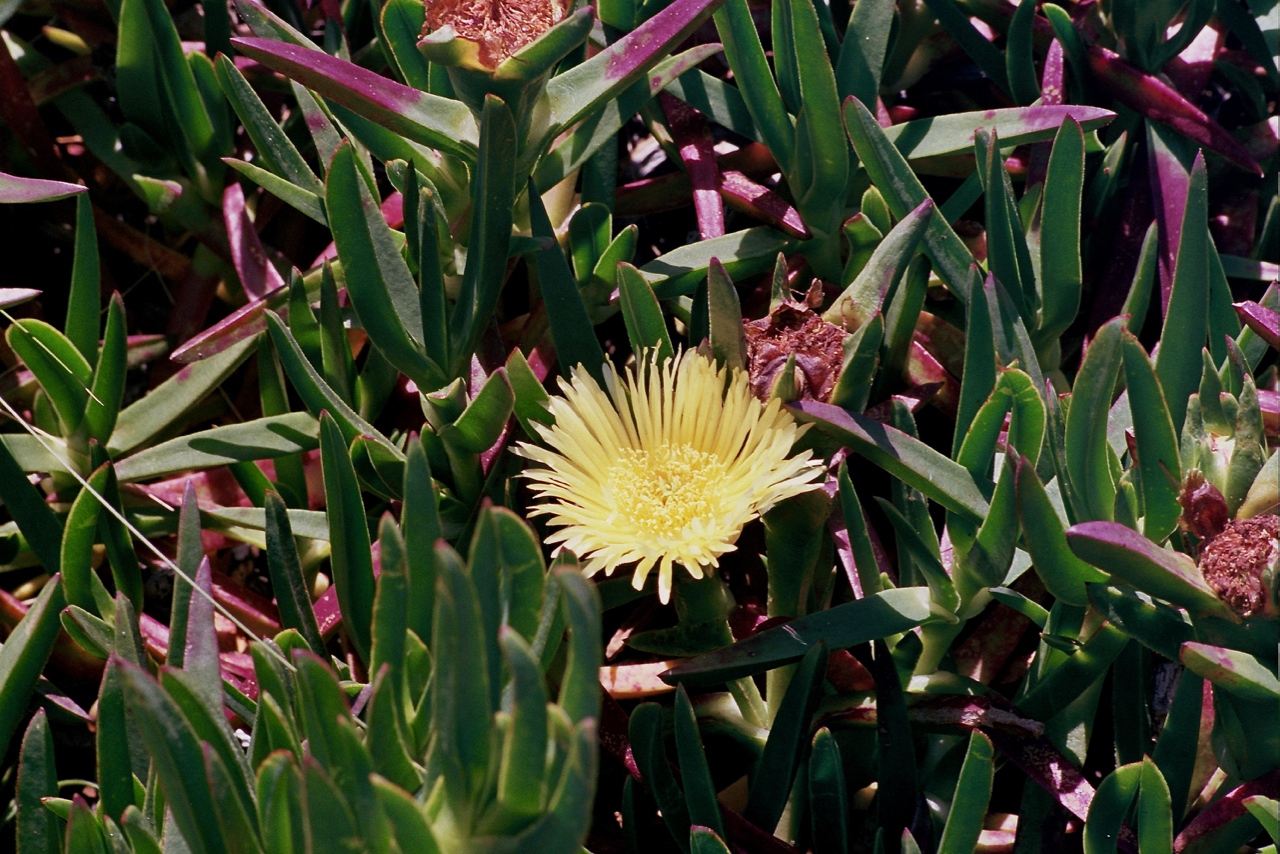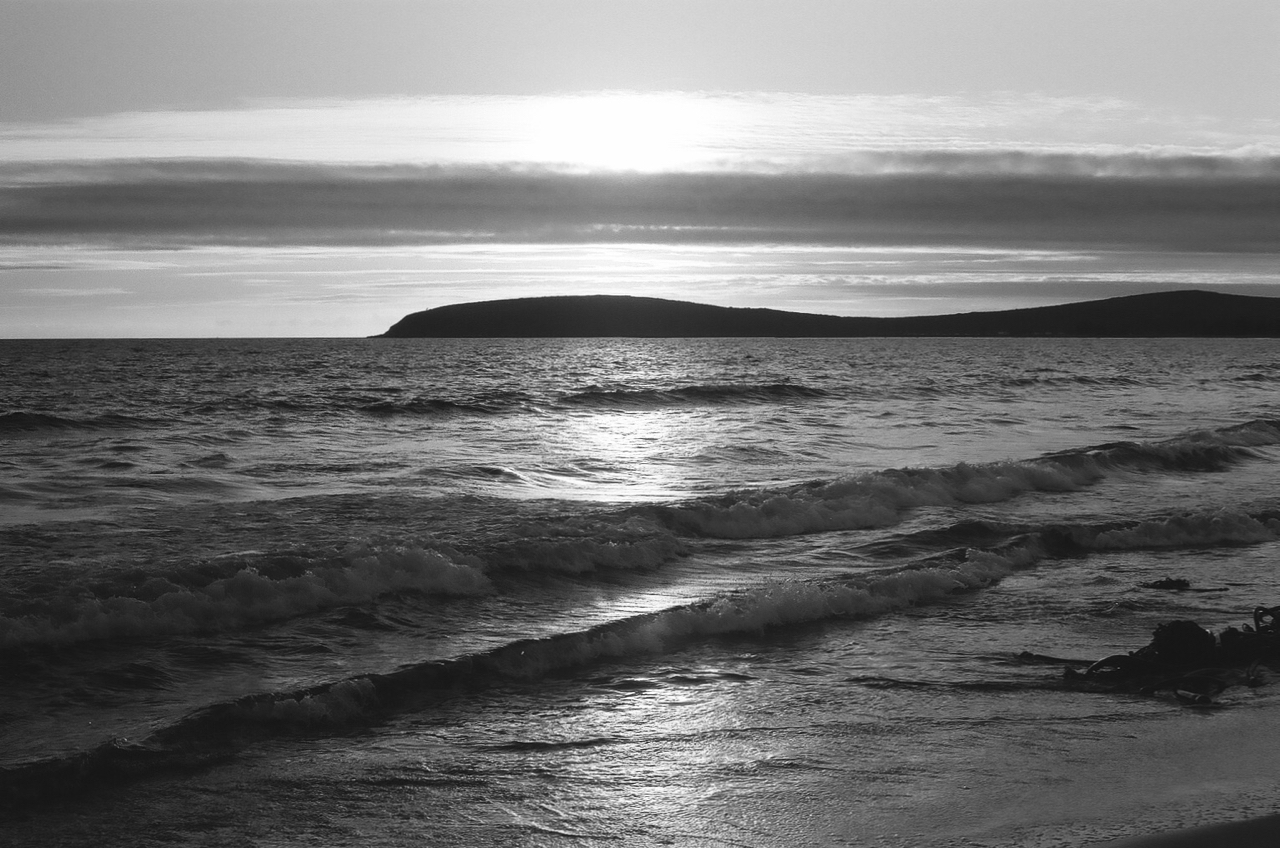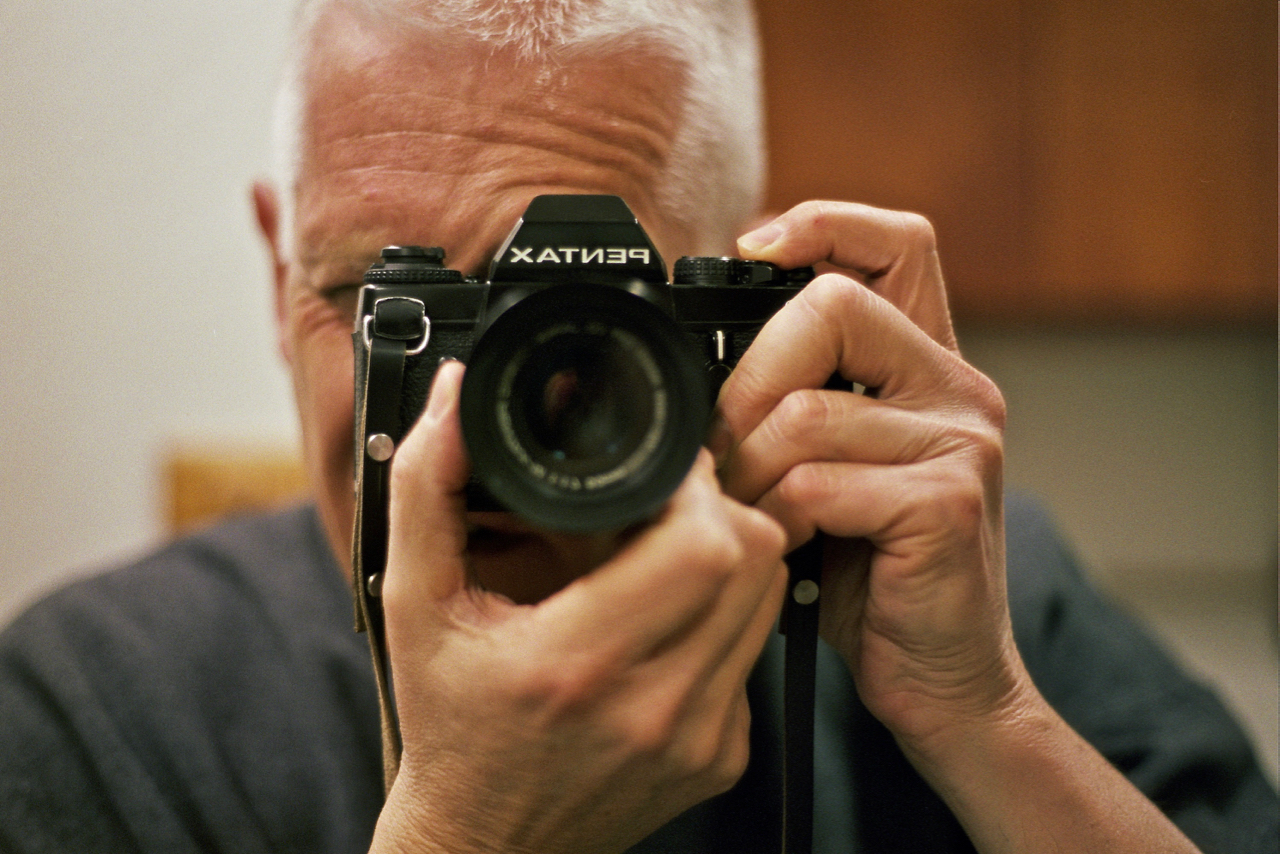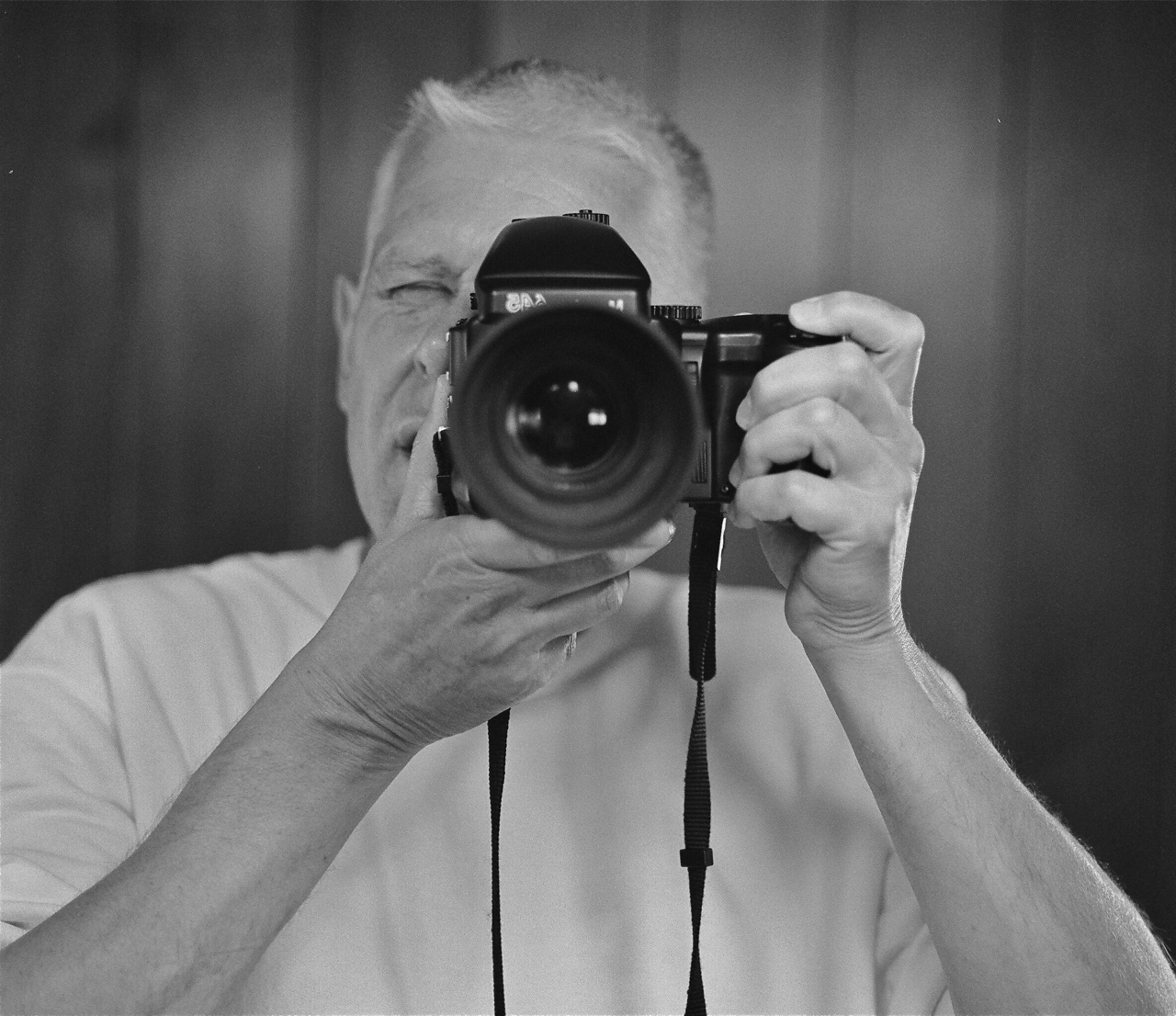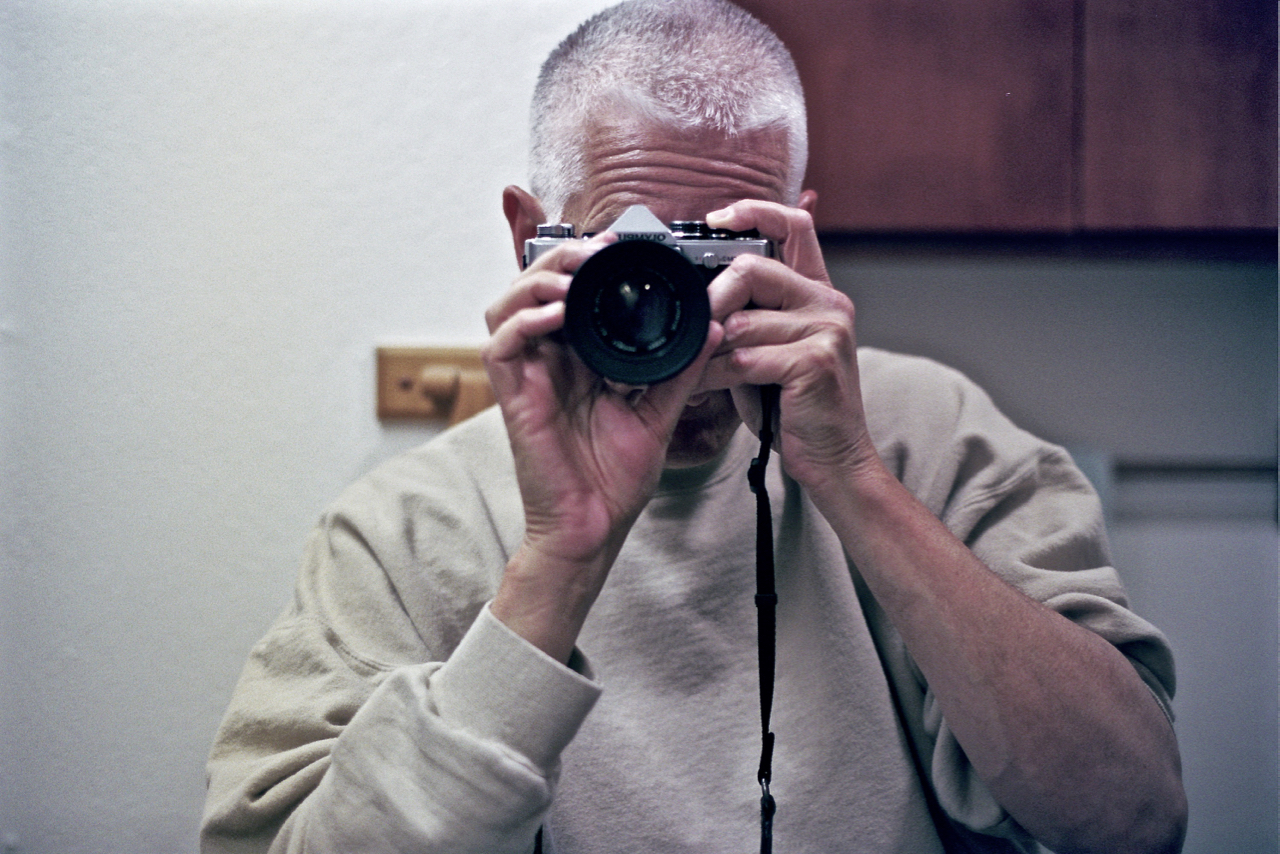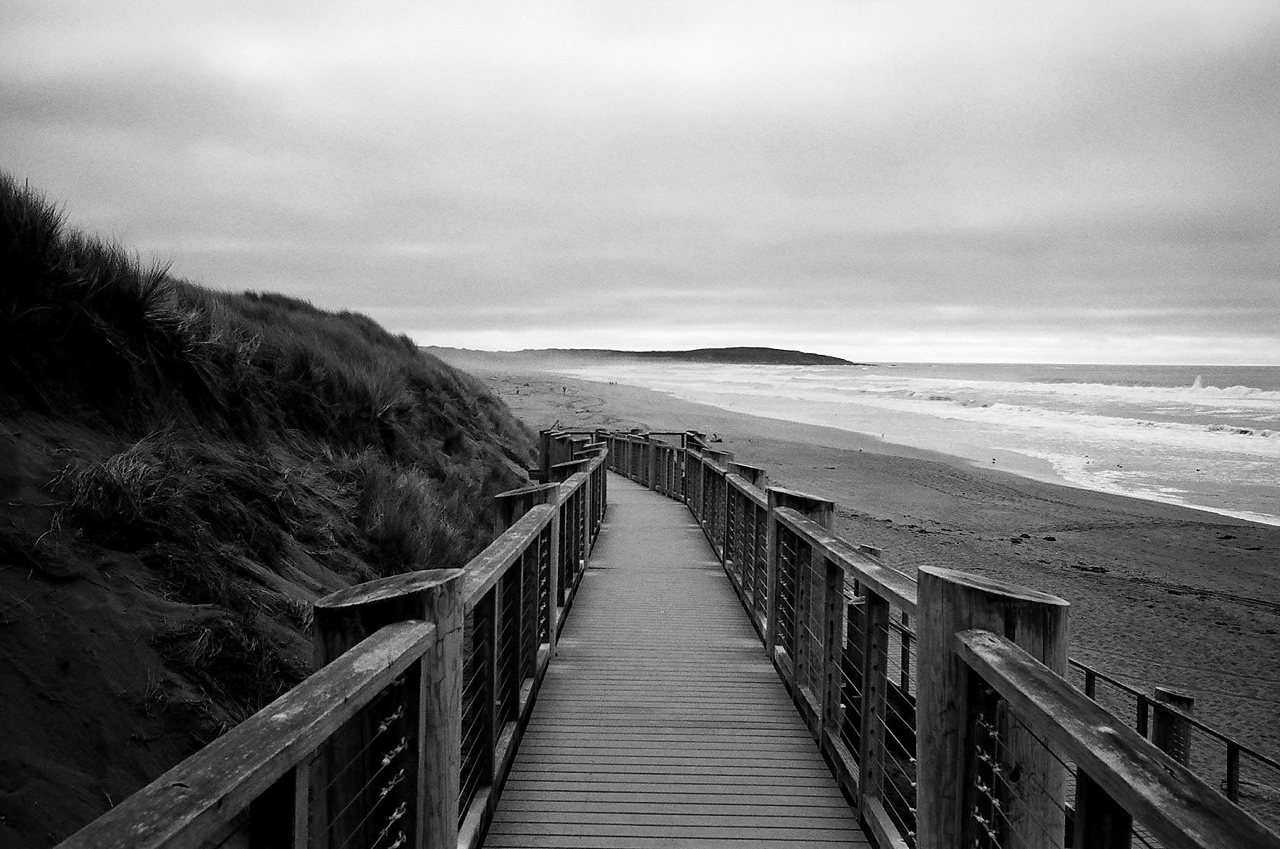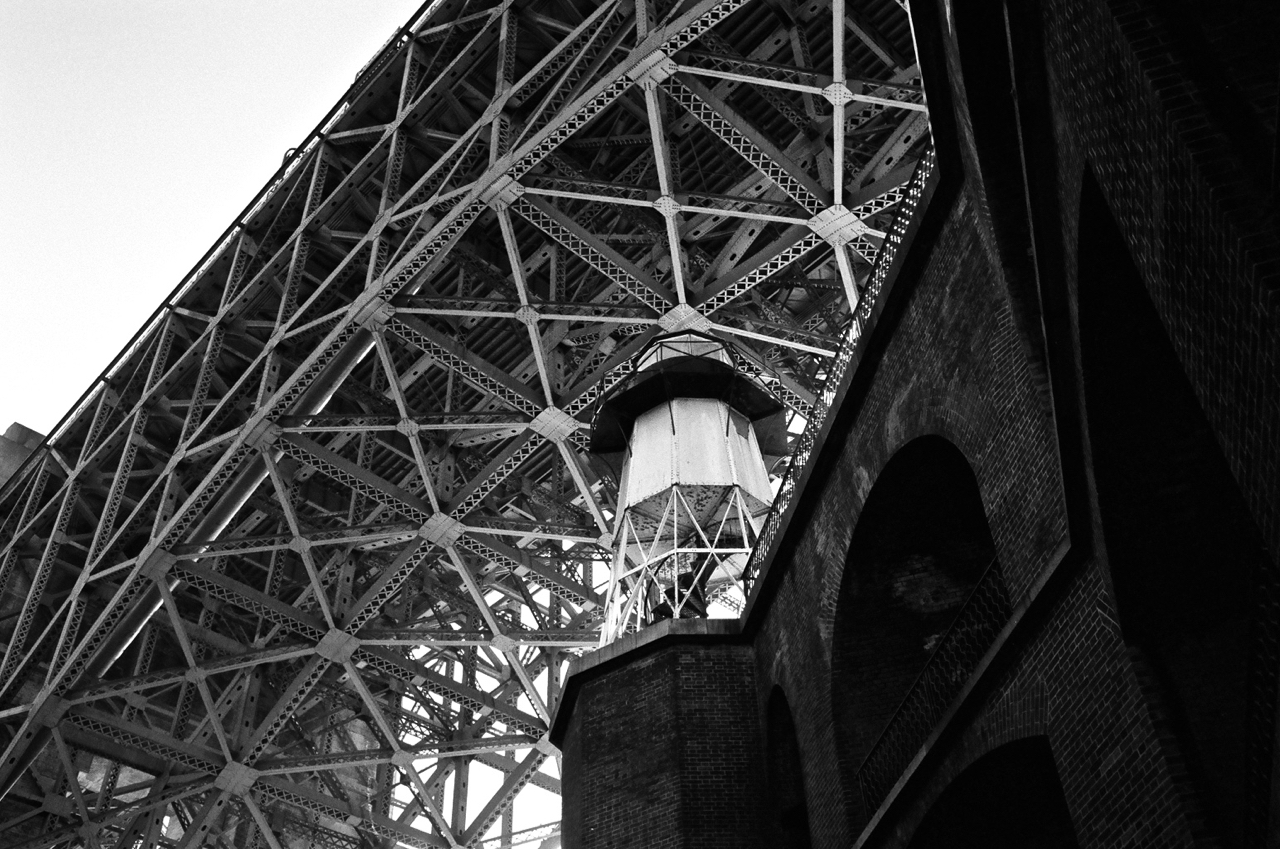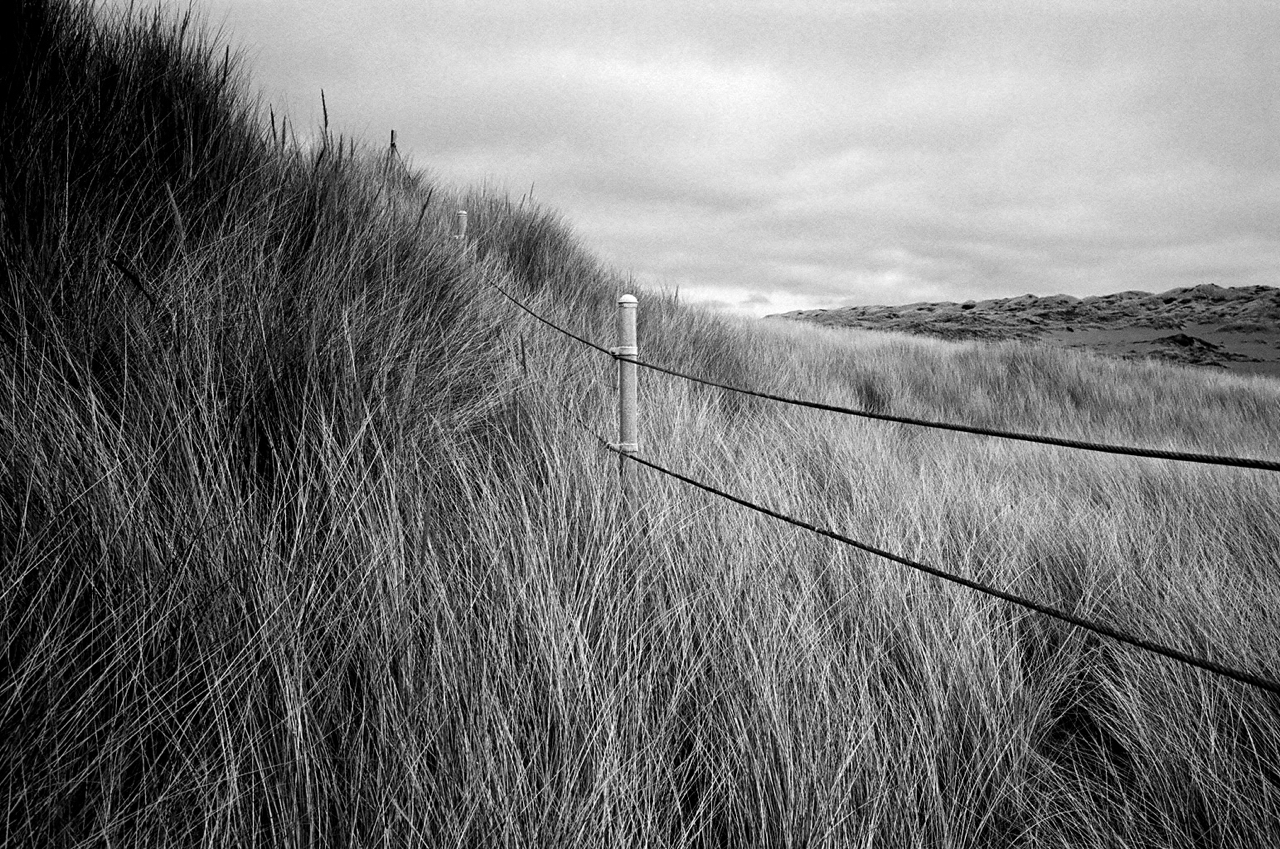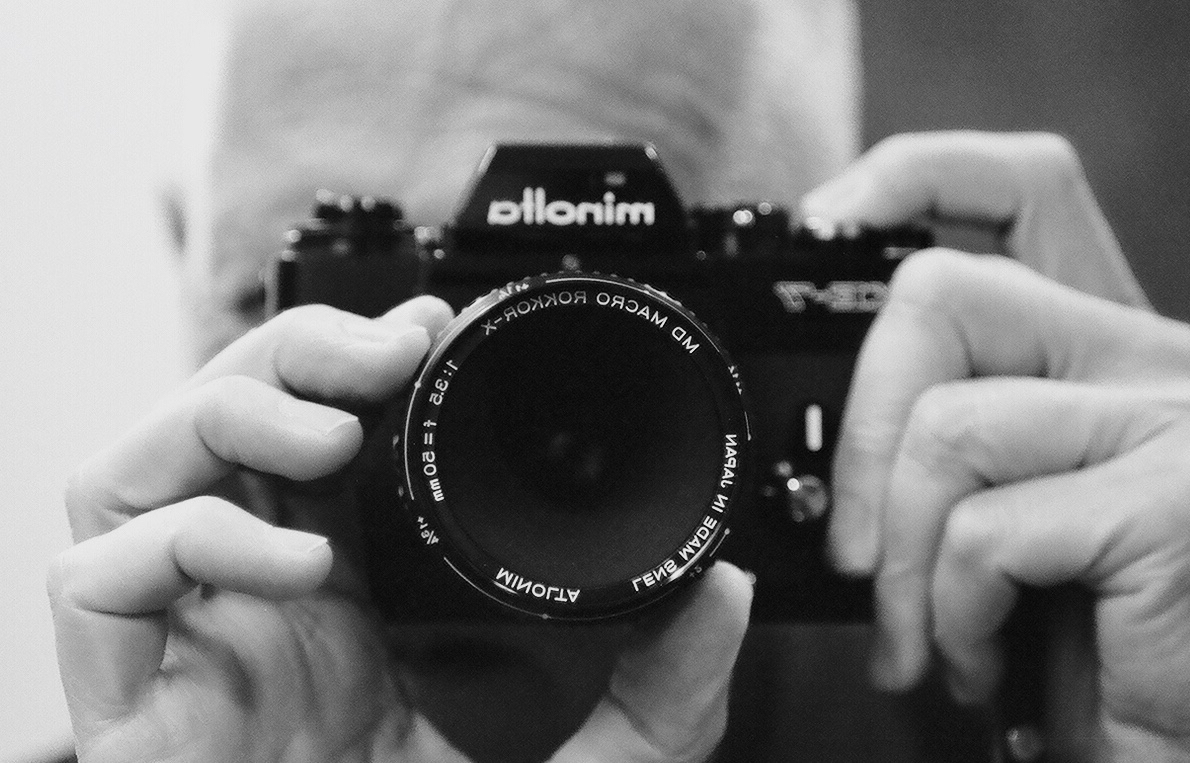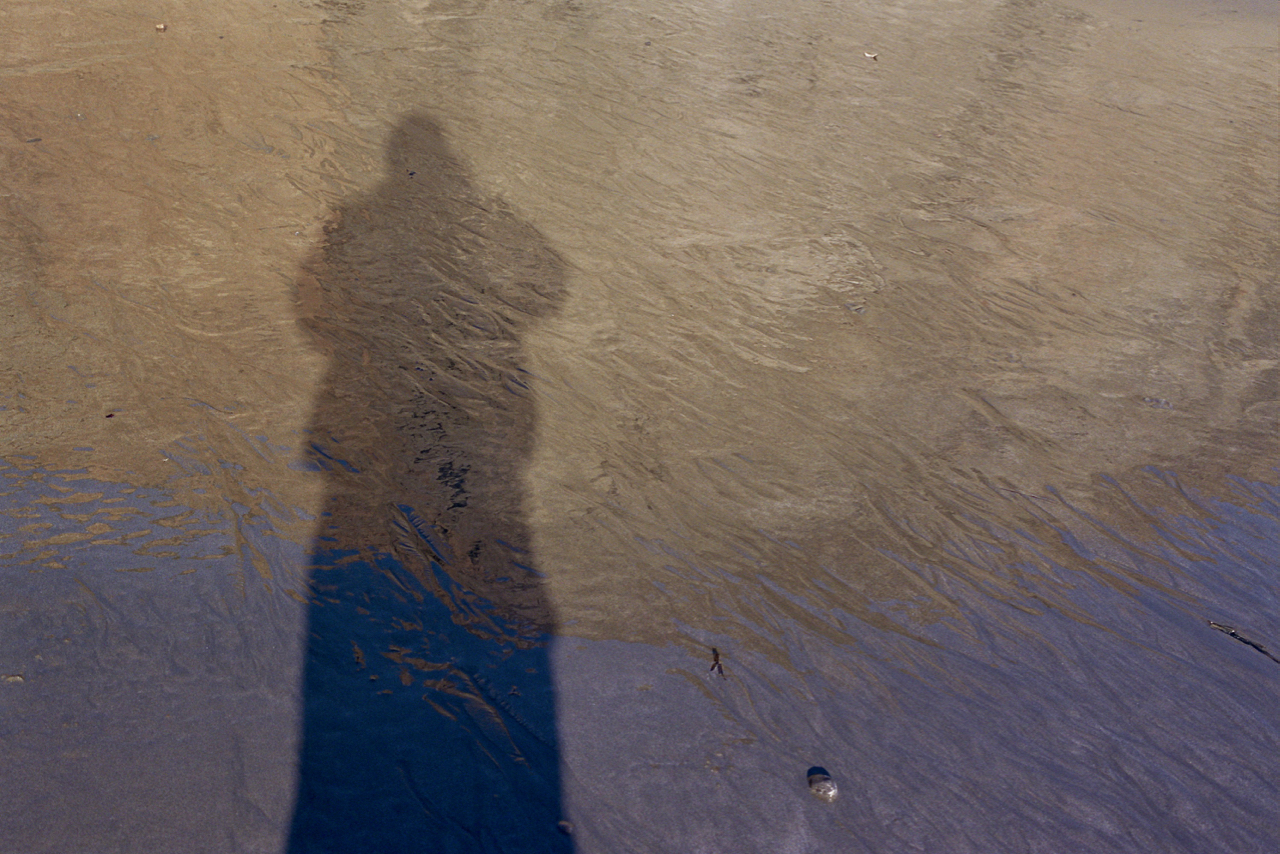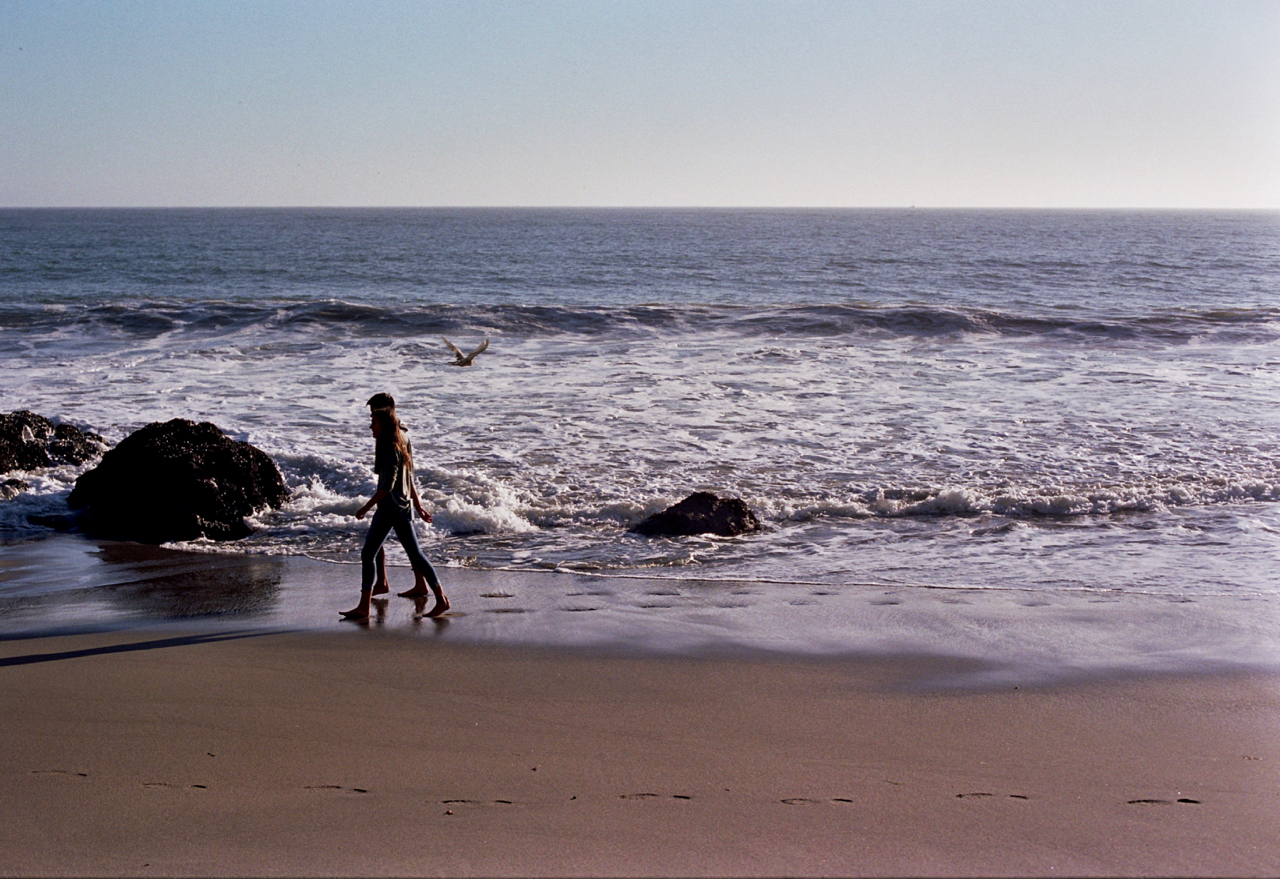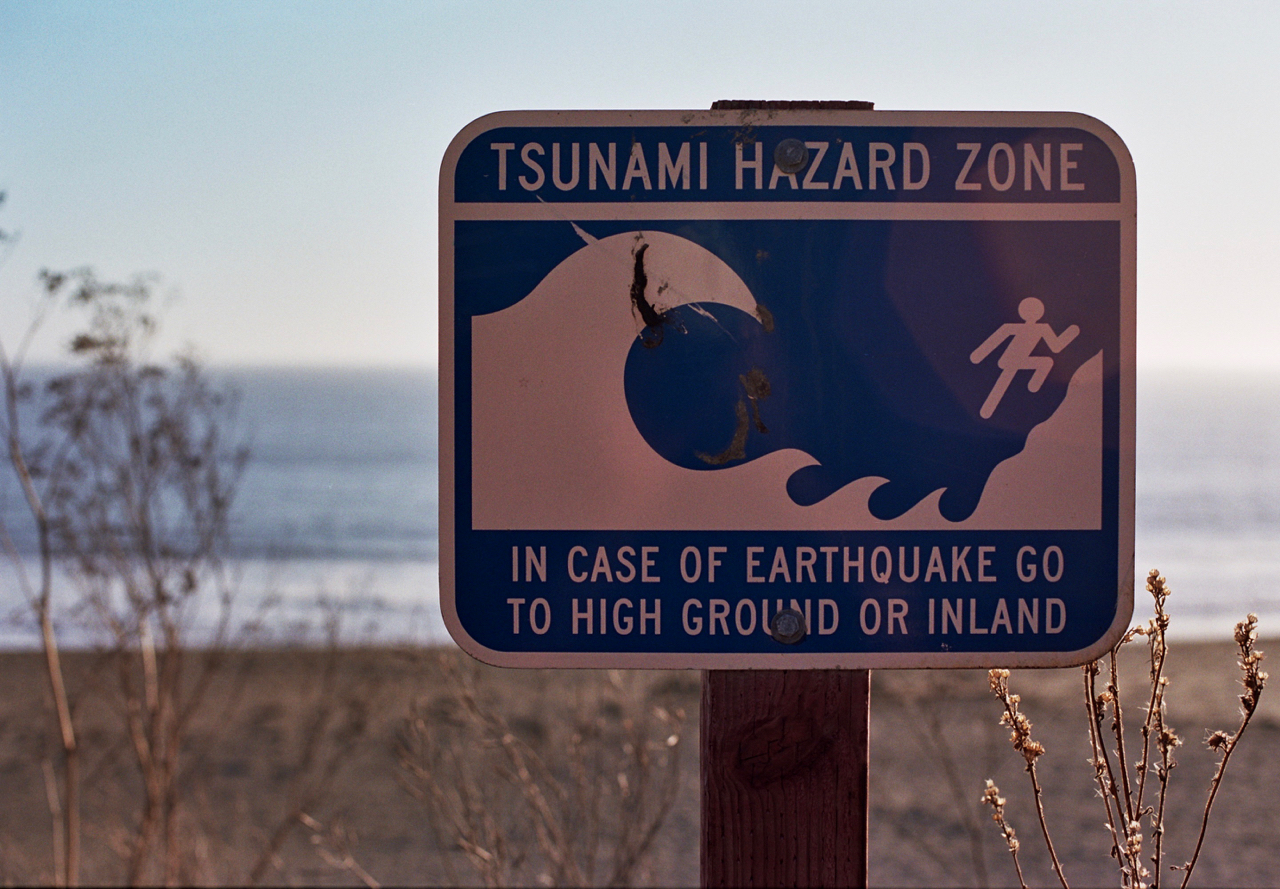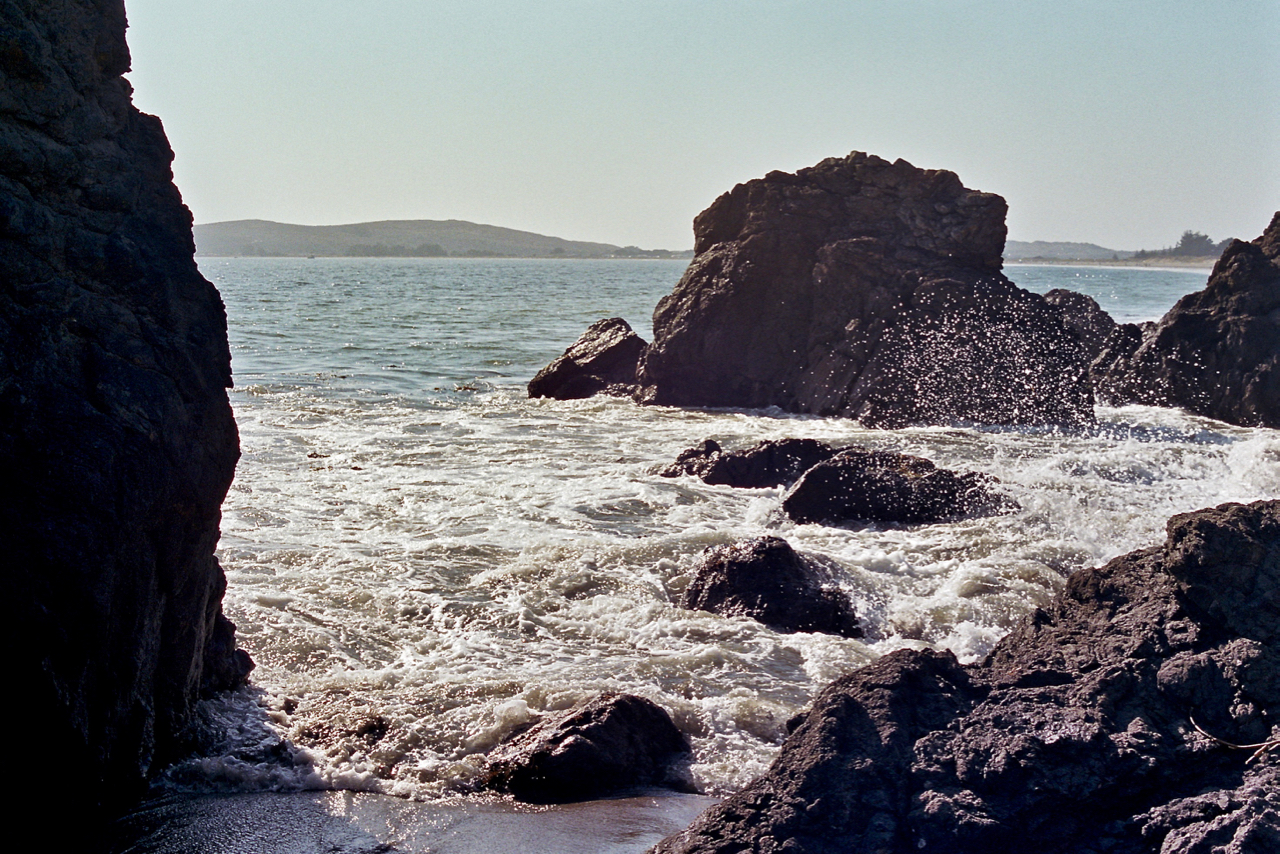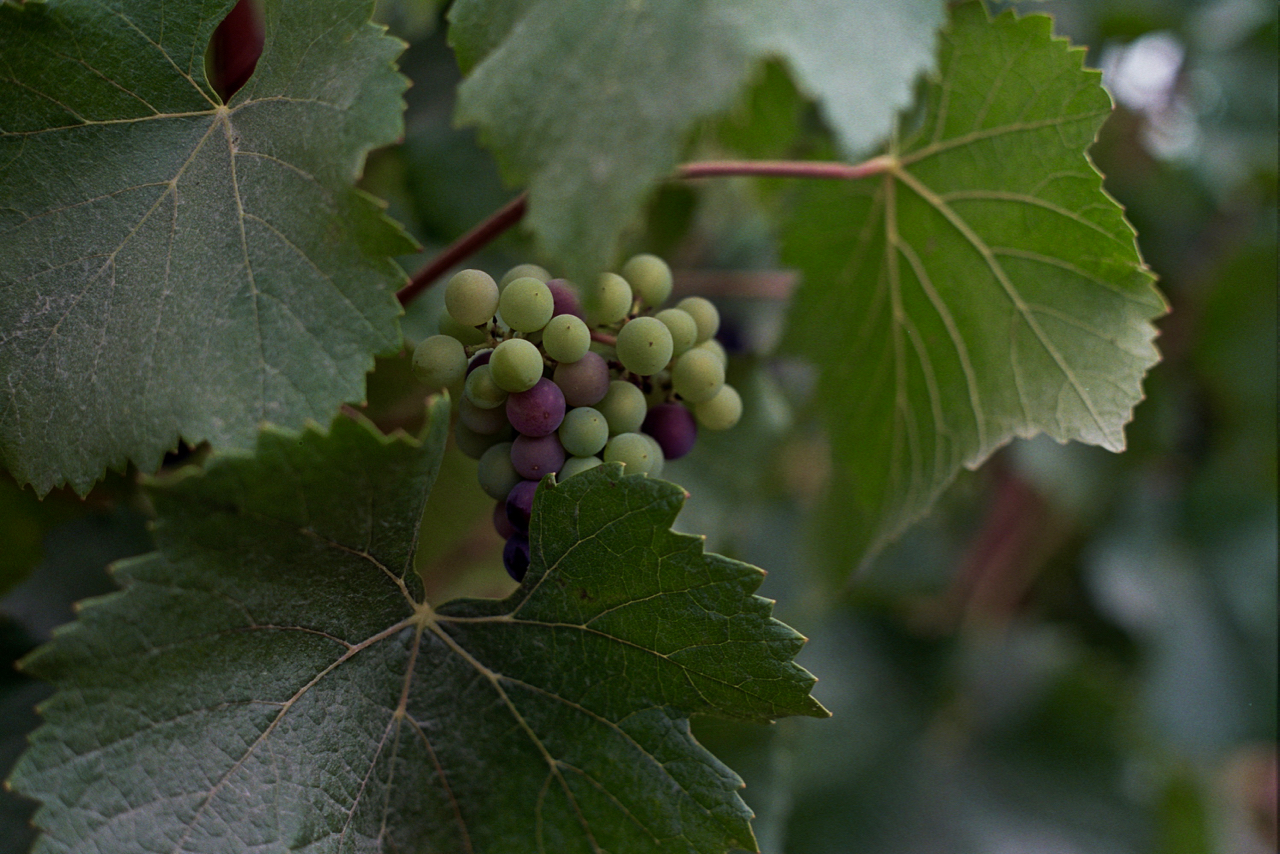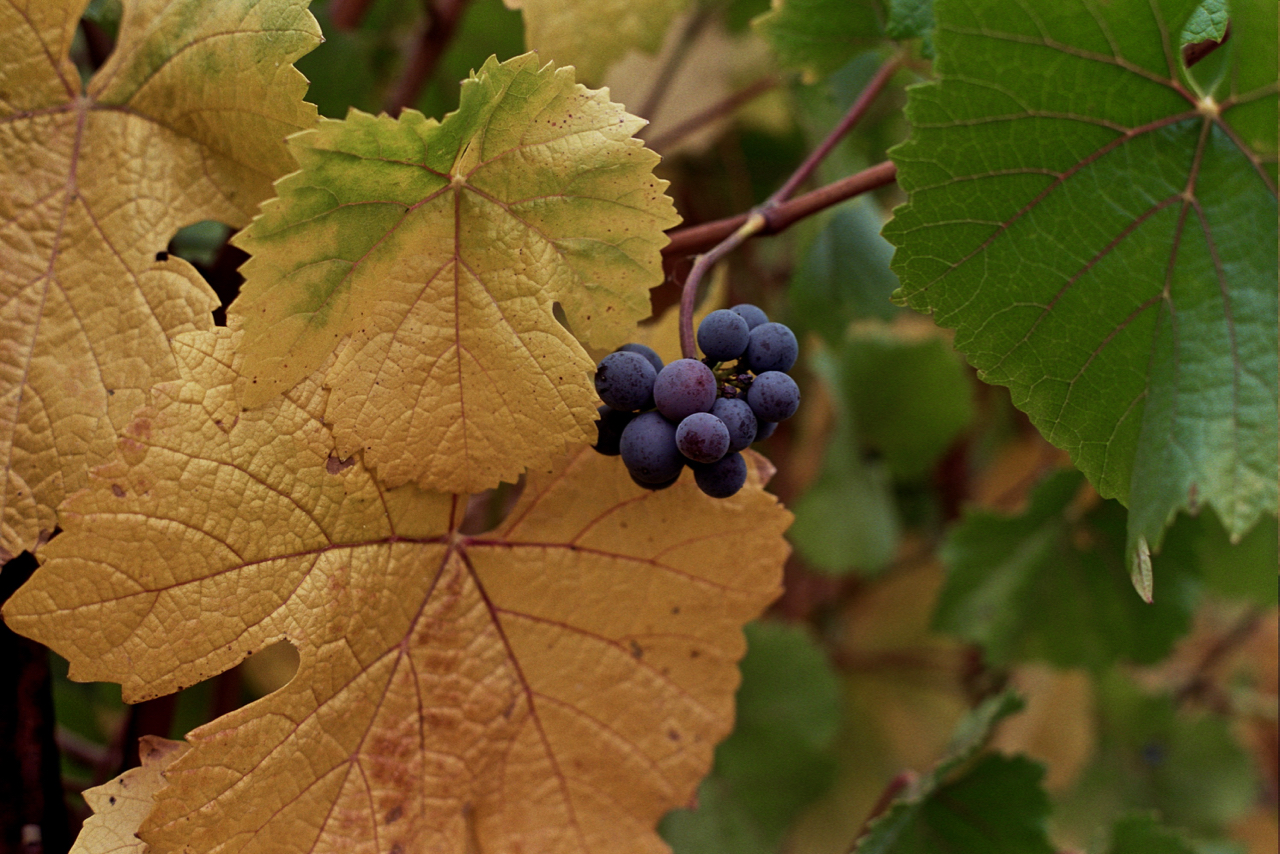If you are serious at all about photography, you will, at some point, get GAS. GAS or Gear Acquisition Syndrome is an affliction that effects most photographers at some point. If you shoot contemporary gear, you're chasing the most megapixels or faster image processing. If you're into classic analog gear like me, you're building out your Nikon system or wanting to try every Pentax film camera made. GAS can extend to accessory viewfinders, flash units, light meters, close up accessories, camera straps, bags and of course, lenses.
Lens GAS can really become an obsession because the internet is full of photographers extolling the virtues of this lens or that lens. Magical, mystical image rendering. Swirly bokeh. Incredible subject isolation. Razor sharp images. Creamy, dreamy color. 20mm, 35mm, 85mm, 105mm, macro, micro, defocus, f/0.95, fixed aperture, perspective control, extra low dispersion. It goes on and on.
Truth is, I've had real bad lens GAS and have spent time and money chasing some of these holy grail lenses. And some of them are really really good. And the chase has been fun and I have learned a lot. But as I work my way through this year long Lightbox Project; reviewing, editing, saving, deleting, organizing all of my photography from the past seven years, one thing has become very clear.
I've done some of my best work using prime 50mm lenses!
Yup. My most satisfying images have been made with 50s. And not always super fast, expensive 50s either. I've been blown away by images made by a 50 year old f/2 Takumar screw mount lens I bought for $30 and prehistoric Nikkors that came free on F2 bodies.
So while reading up on, researching, dreaming about and chasing that elusive lens, it just might be that the best lens you could ever own is the one that came with your camera.
Here are some of my favorite images, all shot with one of those fabulous 50s.




